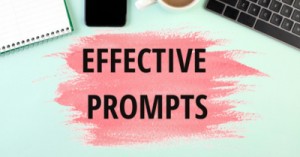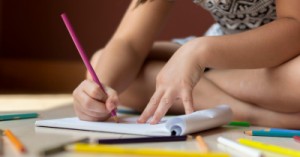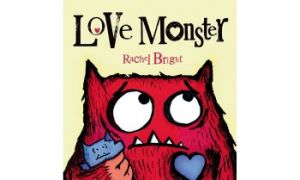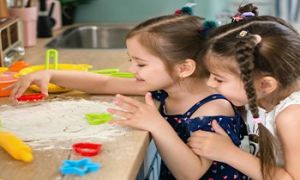Here's a practical Quality Area 5 Cheat Sheet that includes key standards, element breakdowns, and real-world examples that reflect emotionally intelligent, trauma-informed, and child-centered practice. This area focuses on building secure, respectful, and reciprocal relationships that support children’s wellbeing, belonging, and development.
Standard 5.1 – Respectful and Equitable Relationships Are Maintained with Each Child
Element 5.1.1 – Responsive and Meaningful Interactions
- Intent: Build trusting relationships that help children feel secure, confident, and included.
- Examples:
- Educators greet each child by name and acknowledge their emotional state on arrival.
- During mealtimes, educators engage in relaxed, two-way conversations.
- Staff respond warmly to children's questions, cues, and requests for help.
- Educators comfort children showing distress and adjust interactions based on individual needs.
- Child voice is actively acknowledged in play and decision-making.
Standard 5.2 – Each Child Is Supported to Build and Maintain Sensitive and Responsive Relationships
Element 5.2.1 – Collaborative Learning
- Intent: Support children to learn how to interact positively with others.
- Examples:
- Educators model respectful negotiation and problem-solving during peer conflicts.
- Group activities are designed to promote turn-taking, empathy, and shared decision-making.
- Children are encouraged to express their feelings and ideas during collaborative play.
- Educators use social stories and visual cues to scaffold peer interactions.
? Element 5.2.2 – Self-Regulation
- Intent: Help children regulate their emotions and behavior.
- Examples:
- Calm corners or sensory spaces are available for children needing emotional regulation.
- Educators narrate emotional experiences (“I see you’re feeling frustrated…”) to build emotional literacy.
- Visual routines and predictable transitions support children’s sense of control.
- Staff use trauma-informed strategies to respond to dysregulation with empathy and consistency.
Practice Tips
- Embed child voice in daily interactions and documentation.
- Use emotionally intelligent language to validate children’s experiences.
- Reflect on cultural responsiveness and inclusion in relationship-building.
- Ensure consistency in educator presence to foster secure attachments.
- Model and scaffold respectful peer interactions through play and routines.
Further Reading
How To Achieve Quality Area 5
Reflection Questions For Quality Area 5
Exceeding Guidance For Quality Area 5
Documentation Services Require To Support Quality Area 5
Understanding Quality Areas
Key Terms From Quality Area 5







 Here is the list of the EYLF Learning Outcomes that you can use as a guide or reference for your documentation and planning. The EYLF
Here is the list of the EYLF Learning Outcomes that you can use as a guide or reference for your documentation and planning. The EYLF The EYLF is a guide which consists of Principles, Practices and 5 main Learning Outcomes along with each of their sub outcomes, based on identity,
The EYLF is a guide which consists of Principles, Practices and 5 main Learning Outcomes along with each of their sub outcomes, based on identity, This is a guide on How to Write a Learning Story. It provides information on What Is A Learning Story, Writing A Learning Story, Sample
This is a guide on How to Write a Learning Story. It provides information on What Is A Learning Story, Writing A Learning Story, Sample One of the most important types of documentation methods that educators needs to be familiar with are “observations”. Observations are crucial for all early childhood
One of the most important types of documentation methods that educators needs to be familiar with are “observations”. Observations are crucial for all early childhood To support children achieve learning outcomes from the EYLF Framework, the following list gives educators examples of how to promote children's learning in each individual
To support children achieve learning outcomes from the EYLF Framework, the following list gives educators examples of how to promote children's learning in each individual Reflective practice is learning from everyday situations and issues and concerns that arise which form part of our daily routine while working in an early
Reflective practice is learning from everyday situations and issues and concerns that arise which form part of our daily routine while working in an early Within Australia, Programming and Planning is reflected and supported by the Early Years Learning Framework. Educators within early childhood settings, use the EYLF to guide
Within Australia, Programming and Planning is reflected and supported by the Early Years Learning Framework. Educators within early childhood settings, use the EYLF to guide When observing children, it's important that we use a range of different observation methods from running records, learning stories to photographs and work samples. Using
When observing children, it's important that we use a range of different observation methods from running records, learning stories to photographs and work samples. Using This is a guide for educators on what to observe under each sub learning outcome from the EYLF Framework, when a child is engaged in
This is a guide for educators on what to observe under each sub learning outcome from the EYLF Framework, when a child is engaged in The Early Years Learning Framework describes the curriculum as “all the interactions, experiences, activities, routines and events, planned and unplanned, that occur in an environment
The Early Years Learning Framework describes the curriculum as “all the interactions, experiences, activities, routines and events, planned and unplanned, that occur in an environment


